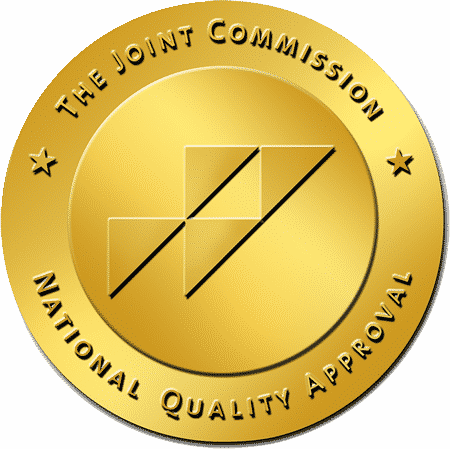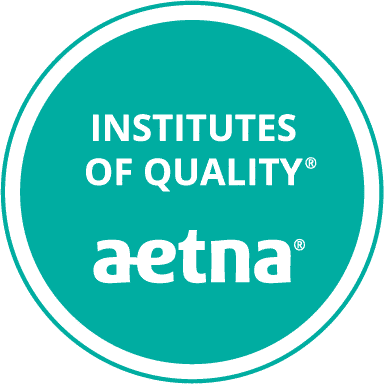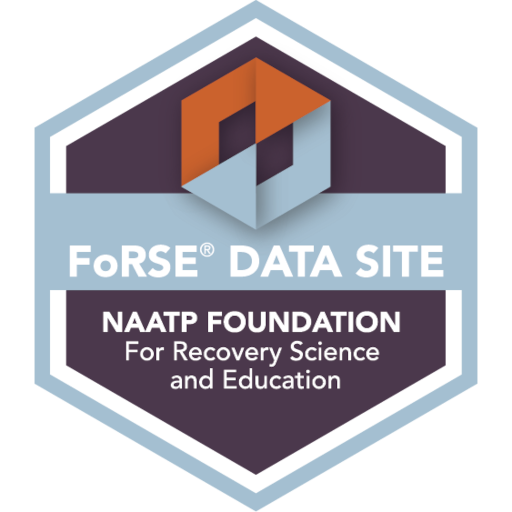Ketamine is an anesthetic drug with dissociative effects. Commonly used as anesthesia in veterinary clinics and hospitals, it has also been used to treat people suffering from mood disorders and depression.
It comes in either a clear liquid or off-white powder form. Ketamine can be used intravenously, intramuscularly, or as a nasal spray.
Other drugs with properties similar to ketamine include phencyclidine (PCP), nitrous oxide, and dextromethorphan (DXM).
History of Ketamine
In the 1960’s, ketamine was first synthesized for use as an anesthesia. First used in veterinary medicine with for animals, after more research, The Food and Drug Administration approved ketamine for anesthetic use for people in 1970.
Ketamine was created because there was a need for a safer alternative to the anesthetic drug phencyclidine which causes prolonged states of delirium. In contrast to other substances, ketamine has few side effects and does not slow the heart rate and breathing, making it an optimal choice for anesthesia medicine.
Ketamine has been used in medical emergencies during war and by civilian first responders.
It was given to wounded soldiers for pain relief during the Vietnam War.
Emergency responders administer ketamine to help prevent suicide attempts in people suffering from serious depression.
Types of Ketamine
Ketamine is classified as a Schedule III drug under the Controlled Substances Act because of its potential for abuse and addiction.
It is FDA-approved for medical use with a prescription but also has an FDA-ordered black box warning (because it is printed within a black-outlined box on the label) because of risks with its use.
Here are some brand prescriptions which include Ketamine.
Ketalar
Ketalar (ketamine hydrochloride injection) is a prescription anesthetic for use in animals and humans. It is a drug commonly used for surgical procedures to sedate patients and prevent discomfort or pain.
Esketamine
The nasal spray called esketamine (Spravato) is used for patients with treatment-resistant depression. These types of ketamine medications are doctor-prescribed, and treatment must be administered in a certified clinic.
Ketaset
Ketaset is the brand name ketamine anesthetic used in veterinary clinics, primarily as a restraint for cats or as an anesthetic agent for minor medical procedures.
Ketamine and Depression Treatment
Traditional Depression Medications
One of the most common methods to treat depression is the use of selective serotonin reuptake inhibitors (SSRIs). This type of treatment was discovered by accident when patients receiving treatment for high blood pressure and tuberculosis showed signs of improved moods.
Research shows that drugs that lowered serotonin levels cause symptoms of depression, while drugs that increased serotonin levels enhance the moods of depressed patients.
Newer research, however, revealed evidence that the neurotransmitters that these drugs target account for less than a quarter of the neurotransmitters in the brain. The remaining neurotransmitters consist of GABA and glutamate which are known to play a part in schizophrenia and seizure disorders.
That is where ketamine found its niche for treatment of depression.
Ketamine and Glutamate
When a person experiences intense levels of life stress, it affects the glutamate signaling in the brain and lowers the ability of neurons to communicate with each other. The lower levels of glutamate lead to a decrease in the ability to handle challenging life events and create a negative cycle of stress and depression.
Yale University research found that ketamine works by triggering glutamate production and allowing the brain to form new pathways and neural connections. This reaction of ketamine use on the brain creates positive thoughts and behaviors in patients who struggle with depression.
In the 1990s, John Krystal, chief psychiatrist at Yale School of Medicine, and his colleagues studied the effects of ketamine as an antidepressant drug and its possible benefits. At the time, little was known about depression and its medical causes.
Researchers conducted studies using ketamine in low doses administered intravenously. Their subjects were patients with severe depression who had not responded to traditional depressant drugs. Most research provided evidence that by treating depression with low-dose ketamine medication in a controlled setting, more than 50 percent of patients displayed significantly fewer depressive symptoms within just 24 hours.
Use of Ketamine for Severe Depression
In 2019 the FDA approved the use of a ketamine nasal spray called Spravato (esketamine) along with an oral antidepressant for adults with treatment-resistant depression. A person with major depression who has tried at least two antidepressant medications for a reasonable amount of time and has not responded to it are considered for this type of treatment.
How it is Used
Spravato is self-administered by the patient in a certified clinic. The doctor instructs the patient on how to take the ketamine-based nasal spray and supervises them during and after use. After at least two hours, the doctor determines it is safe for the patient to leave.
Common Side Effects
The most common side effects of Spravato, when used with an oral antidepressant, include:
- Dissociation
- Dizziness or spinning sensation
- Nausea, vomiting, and abdominal pain
- Sleepiness or lack of energy
- Body numbness
- Anxiety
- Increased blood pressure
Spravato contains a black box warning label because of its risk for sedation and dissociation, abuse and misuse, and increased risk of suicidal thoughts and actions. Because of this and its dissociative properties, the drug is only available through approved medical offices and treatment must take place onsite so that the doctor can monitor the patient.
Ketamine Abuse
Although using ketamine may be beneficial in controlled medical environments, it is commonly abused as a club drug because of its dissociative traits and hallucinogenic effect.
Ketamine can be injected, mixed into drinks, snorted, or added to cigarettes or joints.
Ketamine has many street names including K, Special K, Super K, Vitamin K, Cat Valium, and Kit Kat to name a few.
Ketamine Substance Abuse
When taken at a lower dose, ketamine can produce feelings of calm and euphoria.
However, when taken in higher doses, ketamine may create feelings of intense dissociation. A person may feel as though they are unable to control their own body or may suffer hallucinations and psychotic symptoms. This is often referred to as “falling into a k hole” because it significantly inhibits one’s ability to speak, move around, and respond to others.
The feeling of being unable to communicate and connect with those around you can become quite frustrating and cause serious anxiety.
Risks
A serious risk of the use of ketamine in high doses is that it can leave you in a prolonged state of dissociation where you feel disconnected from your environment. Ketamine use in high doses can also lead to ongoing symptoms of psychosis.
Some short-term effects of ketamine in high doses include elevated blood pressure and heart rate, lack of coordination, nausea and vomiting, and poor memory.
Common long-term effects of taking too much ketamine include bladder issues, heart trouble, seizures, and potential negative effects on the brain such as memory loss.

La Hacienda Treatment Center Can Help
Since 1972 La Hacienda Treatment Center has set the standard for residential care facilities for alcohol and drug rehabilitation.
Individuals and families seeking to recover a life unshackled from addiction to ketamine or other drugs come to our campus to heal and join the growing number of those who have successfully entered recovery.
Our onsite medical and clinical staffs meet with patients and develop individualized treatment plans.
La Hacienda is one of the leading privately owned drug and alcohol rehab centers in Texas. If you are considering alcohol or drug rehabilitation for yourself or for a loved one, phone (800) 749-6160 and talk with one of our helpful onsite Admission Specialists.
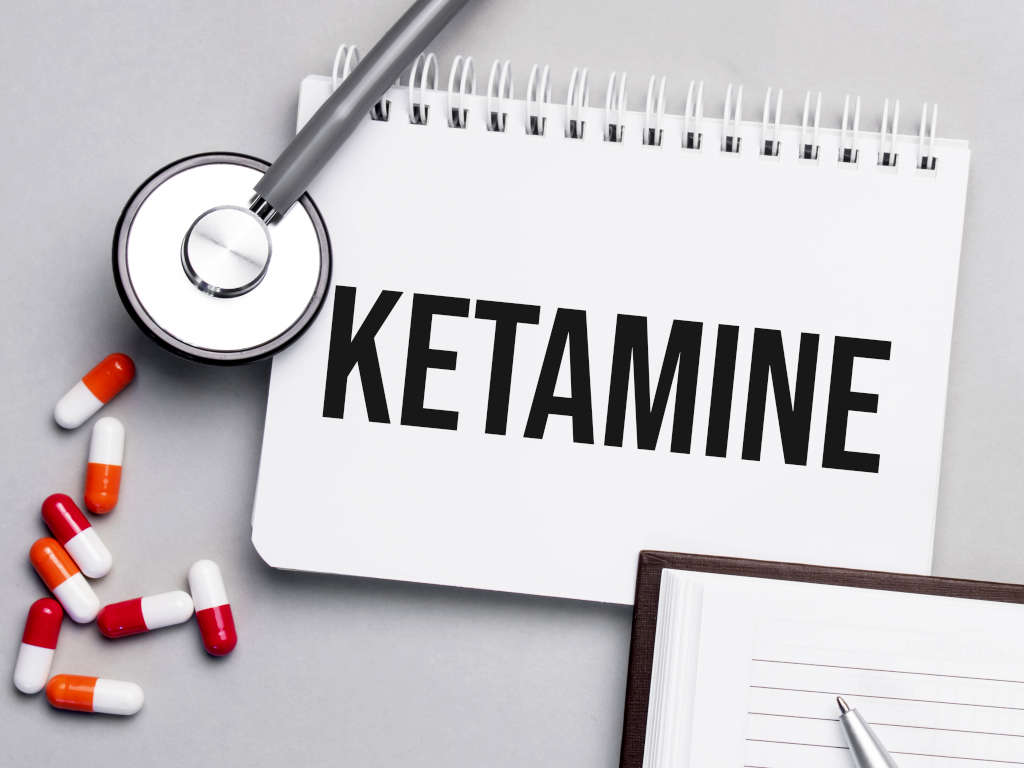
Ketamine Medication
Ketamine medication is most often used for anesthesia in surgical settings. It has also been approved by the federal drug administration for use in controlled medical settings to treat major depression. However, its dissociative and hallucinogenic properties have also made ketamine a commonly abused party drug.

MDMA
Also known as Molly or Ecstasy, MDMA is a synthetic drug that affects a person’s perception and mood. It is a common club drug and is similar to other drugs that are hallucinogenic.

LSD
Lysergic acid diethylamide, also referred to as acid, is a strong psychedelic drug that causes changes to perception and mood. When taken in high doses, LSD can cause hallucinations, out of body experiences, panic, and paranoia.
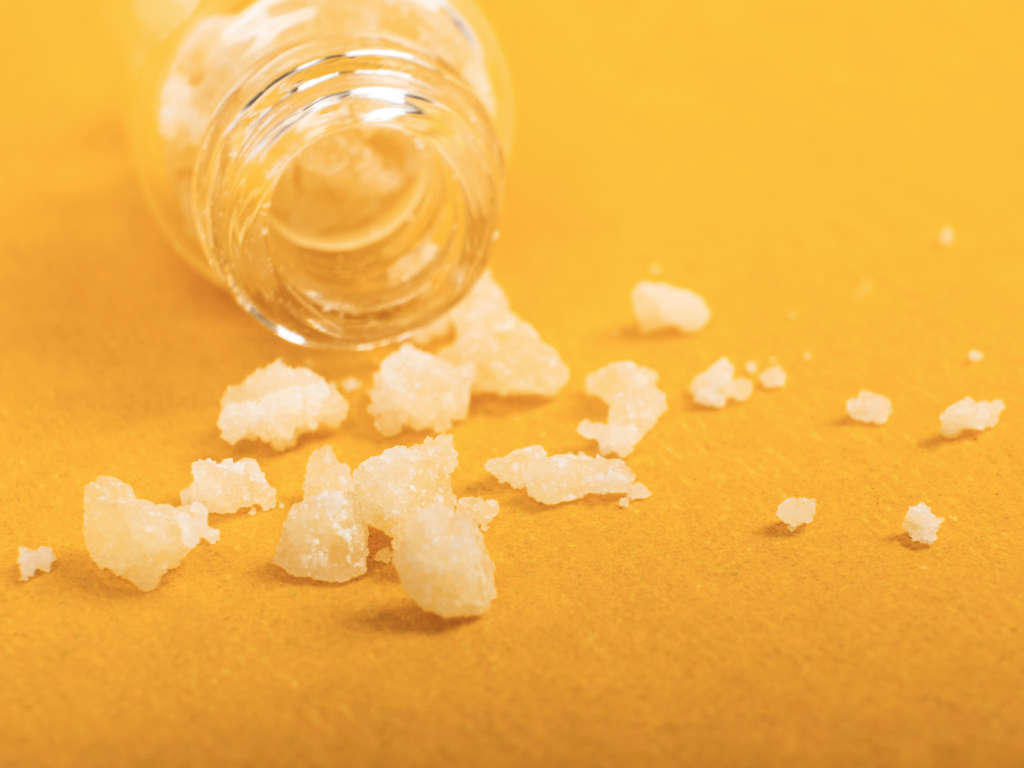
Methamphetamine
Also referred to as meth, this drug is a strong stimulant and misuse of it can lead to addiction. Some risks of methamphetamine drug use include increased heartrate, panic, psychosis, and can even lead to heart failure.
